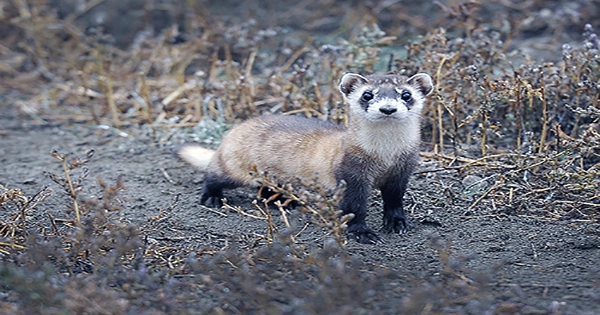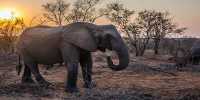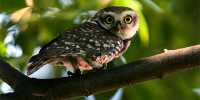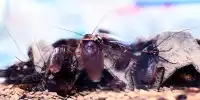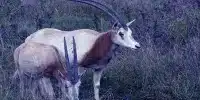De-extinction refers to the process of resurrecting extinct creatures, a concept that sparked an entire film franchise when a wealthy entrepreneur attempted to establish a dinosaur island in the popular Jurassic Park. De-extinction has been discussed throughout history, with animals such as the woolly mammoth and the thylacine being proposed as candidates. The dodo appears to be a candidate now that scientists have decoded the bird’s whole DNA. An ave would be a step in the right direction, though not quite a dinosaur.
The breakthrough was made by a team at the University of California, where Beth Shapiro, a professor of ecology and evolutionary biology, and her colleagues had been trying to map the dodo’s genome for some time. Previous attempts using a specimen from Oxford, UK, had failed, but a “wonderful specimen” from Denmark provided them with enough well-preserved DNA. According to the NZ Herald, the dodo in question belongs to the Natural History Museum of Copenhagen and gave rise to a “high-quality, high-coverage dodo genome that will shortly be released.”
The dodo was a beast when it came to fat, plumed things, so this might be excellent news for aficionados of birds that truly put the orb in borb. Dodos were large-bootied birds with a humorously bent beak and a somewhat extended neck that stood just under one meter (3 feet). The term “dodo” is derived from the Portuguese word “fool,” referring to their terrible bravery in the face of human hunters. But enough with the backstory; now it’s time to ask the big question…
CAN WE RESTORE THE DODO? Unfortunately, because the dodo was a bird, even with a complete genome, bringing it back would be extremely difficult. “How can I turn a cell living in a dish in the lab into a full live breathing genuine animal if I modify it such that it has a little dodo DNA?” According to Shapiro.
“We can achieve this by cloning it, which is how ‘Dolly the Sheep’ was created, but we don’t know how to do it with birds due to the intricacy of their reproductive processes.” Avian reproduction is a “very basic technological challenge in de-extinction,” according to Shapiro, but one that many scientists are attempting to overcome. Her perspective is that the goal can be achieved, but we still have a long way to go before we can reserve tickets to Middle-to-Late Triassic Park.
